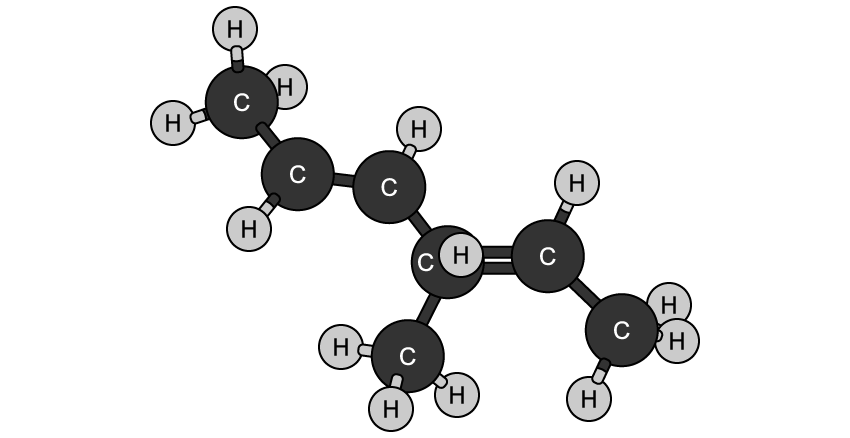Which of the following shows the correct order of boiling points for pentane, butane and propane?
CH3CH2CH3 > CH3CH2CH2CH3 > CH3CH2CH2CH2CH3
CH3CH2CH2CH2CH3 > CH3CH2CH2CH3 > CH3CH2CH3
CH3CH2CH2CH3 > CH3CH2CH2CH2CH3 > CH3CH2CH3
CH3CH2CH3 > CH3CH2CH2CH2CH3 > CH3CH2CH2CH3
Did this page help you?










































